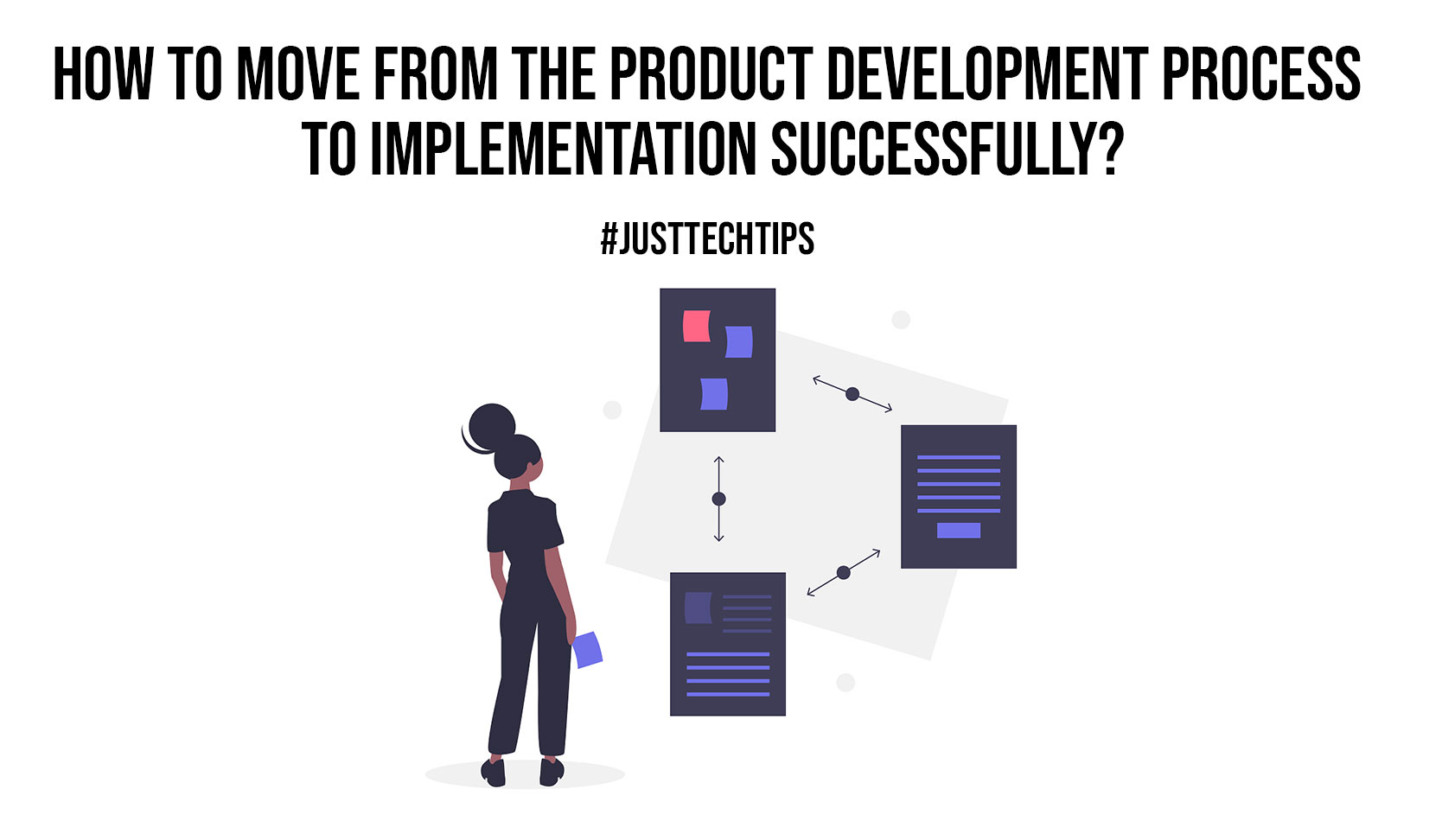Product development is perhaps one of the most crucial and time-intensive processes that a company undertakes. Performing in-depth research prior to conceiving and building a product is necessary to ensure that the product is relevant and competitive in the market.
Product creation and implementation must be carried out methodically to ensure that there are no issues in product performance.

In this article, we look at steps that you need to take to make sure that your product is implemented successfully.
What does product development involve?
Product development, also referred to as new product development, is the systematic creation of a product. Product development may also refer to modifying an existing product to match the needs of the user.
Users could be both internal and external company stakeholders, and products might refer to a wide range of goods and services.
The product development process includes performing detailed market research and coming up with a product creation plan. A well-conceived product development plan enables companies to examine various product ideas and understand what consumers are looking for in the early stages of product conceptualization.
The objective of product development is to offer solutions that add value to existing systems and satisfy people’s needs.
Also Read: E-Invoicing In Construction Industry
How can you move from creating a product to implementing it successfully?
Every new product development process consists of multiple stages. These stages may vary based on whether you are creating a product, developing software, or delivering a service.
Typically, it is the product manager’s responsibility to oversee the product throughout its entire lifecycle.
There are several steps involved in creating a product successfully. These steps need to be followed sequentially to ensure that your delivery is powerful. Each of these steps is explored in turn below.
Perform market research
Since the purpose of designing a product is to benefit clients, it is primarily important to understand what their needs are and how your product can serve them. Start your market research by collecting information about customer demographics, their shopping tendencies, interests, and so forth.
Use social media listening tools to understand what your customers are looking for and compile this information to develop buyer profiles for your products.
Market research can be a component of the product development process wherein you integrate a tool, like the voice of the customer research, to find out the customer’s perception.
This information can be categorized into a hierarchy of needs for all customers and can determine how your product can best meet one or all of these needs.
Define the product
Having a brilliant concept is not enough to ensure that it serves value to users. Every finished product needs to be examined in reality to assess whether users would be willing to pay for it and how much they would pay. There are several tactics you can implement to define your product as a part of the marketing process.
Conduct research on the prices of products currently offered in the market. Once your prototype has been developed, you can perform further detailed research on prices to determine what would be optimal. Additionally, build multiple prototypes and test the concept by conducting surveys.
Gather and assess data pertaining to product feedback provided by customers, including any issues that they faced while using it.
Another component of defining your product is performing competitor research. Competitors are a crucial part of the product development process; knowing more about their offerings and strategies can help you to generate new ideas, shape your concept, and correct any flaws in your design.
It can also help you to better understand audience preferences.
Find the right business model
Selling your product requires you to find the right business model. You may opt to sell your product at a physical location, via a website, on social media, and/or in many other ways.
As there are many business models to choose from, select the approach that best matches your needs and those of your customers.
Market your product
Creating a detailed marketing strategy is extremely vital for successfully selling your product. Using data analytics, you can gather information about what content most appeals to your audience.
Knowing this can help to craft a compelling marketing message that satisfies people’s needs and addresses any challenges that they might be facing presently. To amplify your reach, communicate using as many tactics as possible including blogs, videos, social media posts, industry news, white paper ads, etc.
Also Read: How To Get Better At Managing Your Legal Documents?
Conclusion
The demand for innovative and user-friendly products has increased rapidly in the last decade.. Ensuring that you are making goods that offer many advantages to consumers is important to stay relevant in an increasingly competitive market.
Consequently, it is essential to be methodical in how you introduce your product to the market to appeal to more users and maintain a steady growth rate for your business.